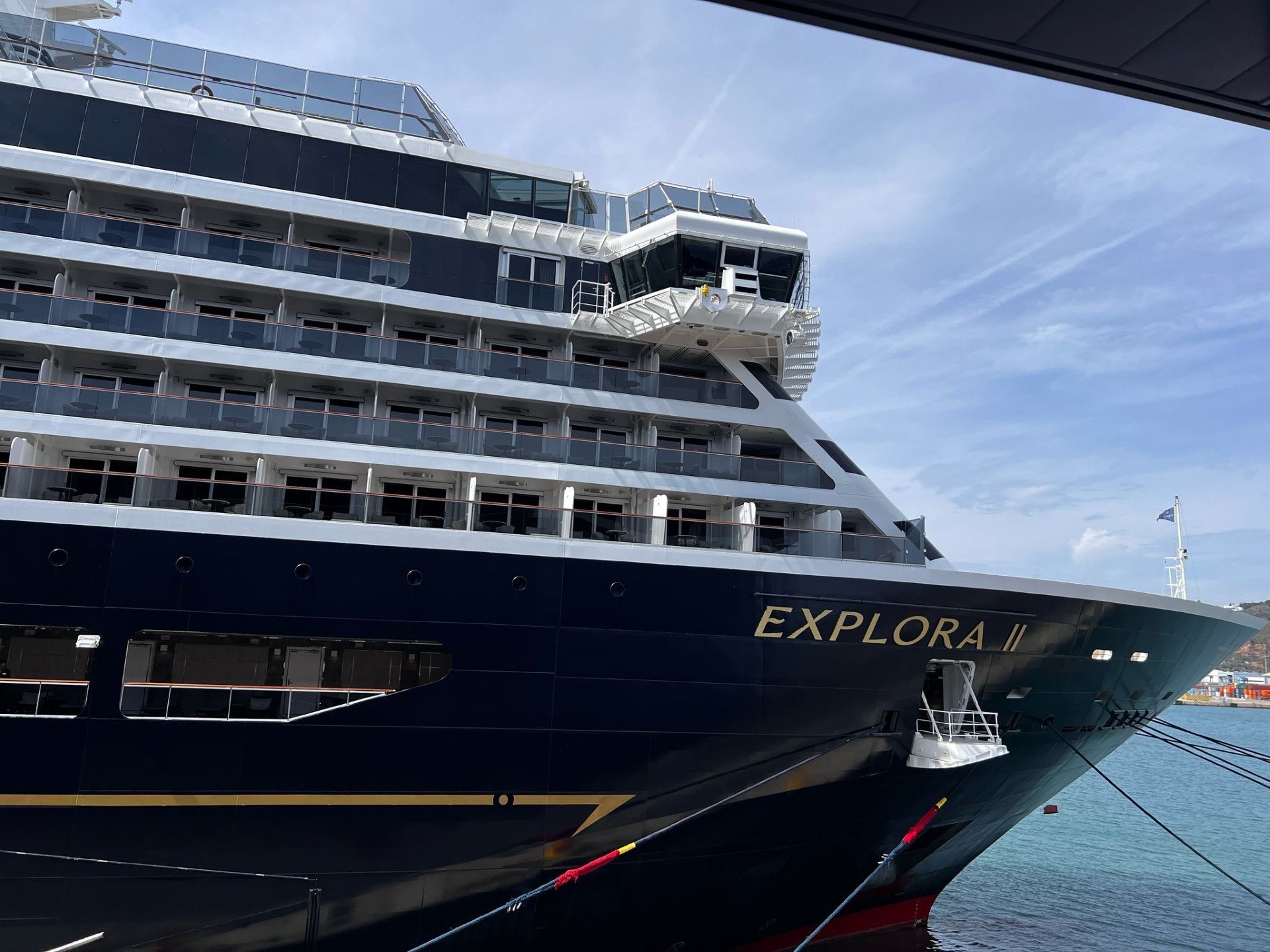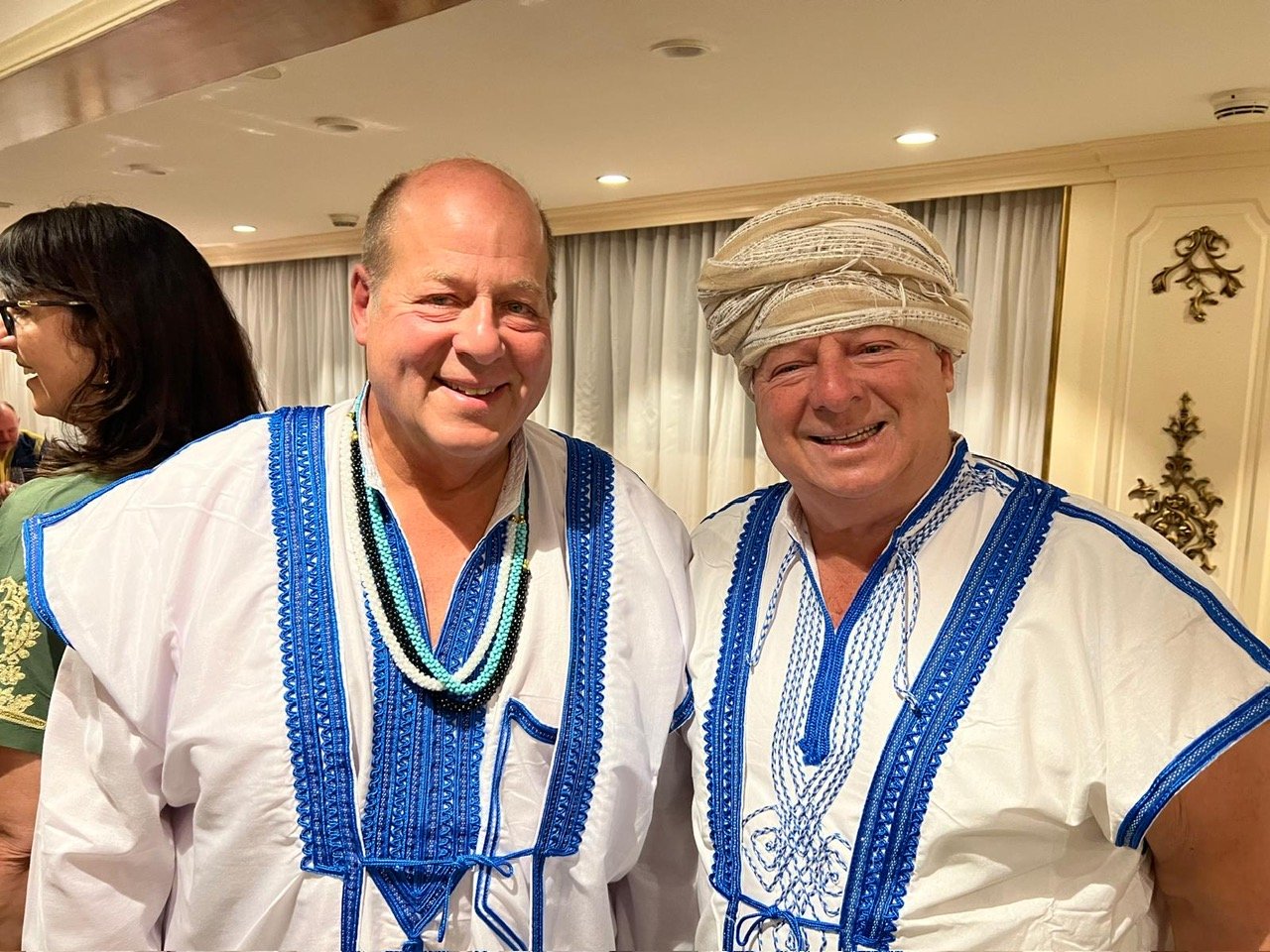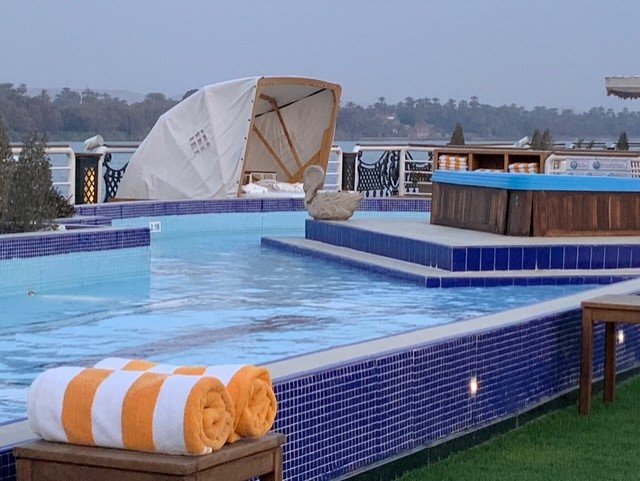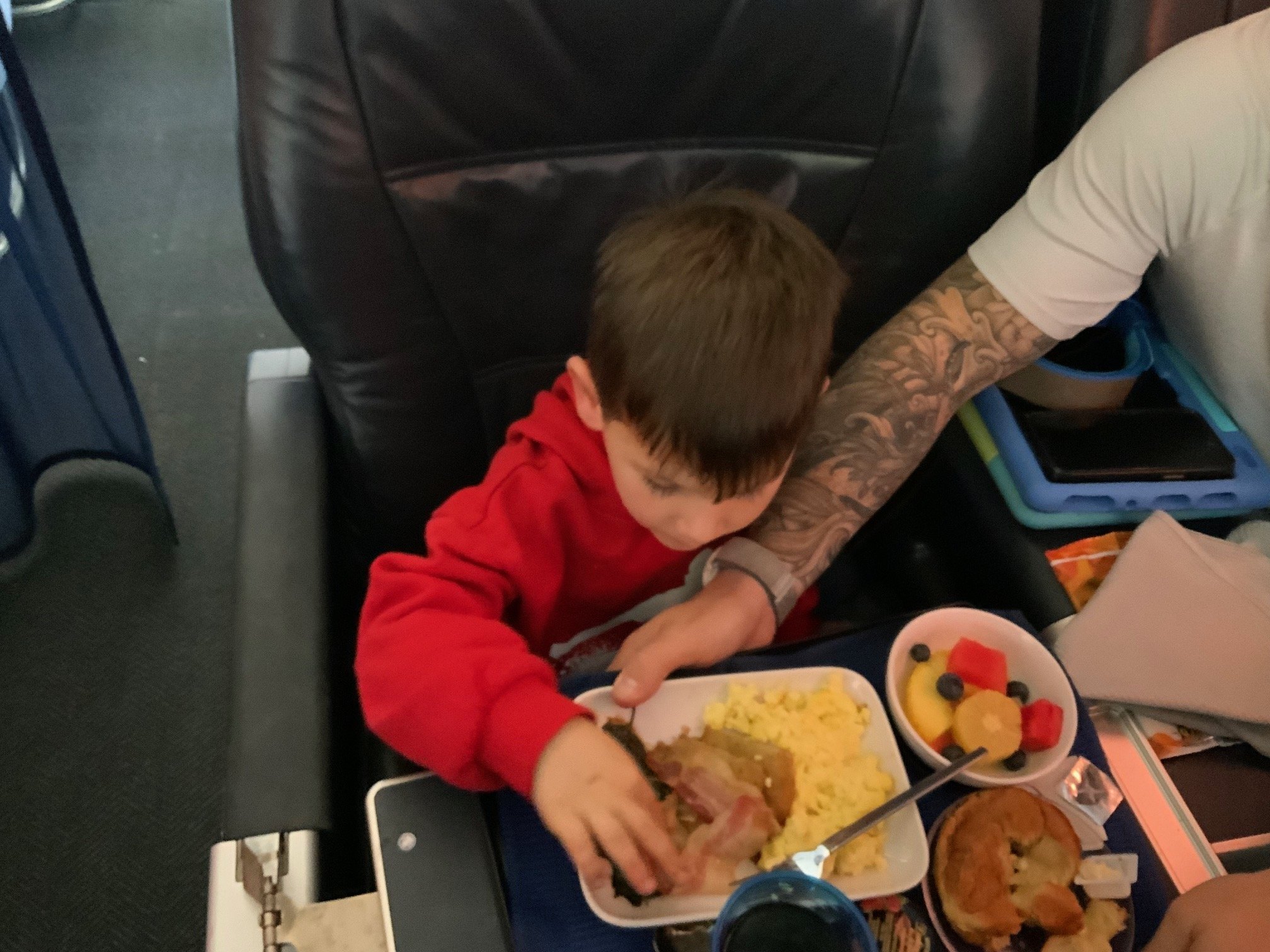Holiday Travel with Young Children
As the holiday season approaches, many families are preparing for journeys to reconnect with loved ones. Traveling with young children, especially as grandparents, comes with its own unique blend of joys and challenges. Unlike the structured environment of home, traveling with grandchildren requires flexibility and realistic expectations. Flights may be canceled or delayed, hotel rooms might not meet your expectations, and car rentals may be less comfortable than what you’re used to. In these moments, you’ll need to channel patience and grace—even when you feel like jumping up and down and screaming like the grandkids, especially after hours of waiting on a runway with a crying baby nearby.
Here are my thoughts on how to navigate the holiday travel season with young children while keeping the experience joyful and manageable:
1. Mindset Matters
Before heading to the airport, set realistic expectations. Traveling with young ones is inherently more chaotic than solo or couple travel. Embrace the inquisitive nature of children and be prepared for deviations from your usual routine. Patience and flexibility are your best allies.
2. Pre-Trip Preparations
• Restroom Breaks: Ensure everyone uses the restroom before embarking on your journey to minimize unexpected stops.
• Device Readiness: Fully charge tablets or iPads and preload them with age-appropriate content to keep children entertained during the trip.
• Snacks and Hydration: Pack a variety of healthy snacks and drinks to address hunger and thirst without relying on convenience stores or in-flight offerings.
• Car Seat Check: Verify that car seats are clean and appropriately sized. Children grow quickly, so adjust straps and settings to ensure comfort and safety.
3. In-Transit Entertainment
• Onboard Systems: If your vehicle has an entertainment system, prepare a selection of engaging videos or connect devices to provide continuous entertainment.
• Interactive Engagement: Encourage children to observe and discuss their surroundings, turning the journey into an educational experience.
4. Air Travel Considerations
• Pre-Flight Activity: At the airport, keep children active before boarding. Walking around and exploring can help expend energy, making them more likely to rest during the flight.
• Educational Exploration: Use airport features like x-ray machines and conveyor belts as learning opportunities to engage curious minds.
• Safety Assurance: Watching planes take off and land can reassure children about the safety of flying.
• Advance Discussions: Talk about what to expect at the airport, including security procedures and the bustling environment, to prepare them for the experience.
• Budget-Friendly Treats: Bring snacks from home to avoid the high costs of airport concessions and manage expectations about purchasing items.
5. Logistical Tips
• Efficient Drop-Off: If parking at the airport, consider dropping off family members and luggage at the check-in area before parking. This streamlines the process and reduces the need to manage children and bags simultaneously.
• Identification and Security: Keep your identification and travel documents easily accessible. If traveling in a premium class, one adult can hold the place in line while the other parks the car.
• Security Procedures: Confirm whether children can accompany you through expedited security lanes like TSA PreCheck or CLEAR. Policies vary, so check in advance to plan accordingly.
6. Navigating Family Dynamics
If traveling with your grandchildren’s parents, allow them to handle discipline while you focus on highlighting the exciting aspects of the journey. This balance can create a positive experience for everyone involved.
Wishing you all a safe and happy holiday season filled with great travels. If you need assistance with your travel plans, don’t hesitate to contact Summit Management at 973-390-1736 or email me at joe@summitmgt.com.
#JoeKnows #ClaudetteKnows #RobKnows #askMisterLipman



















































































